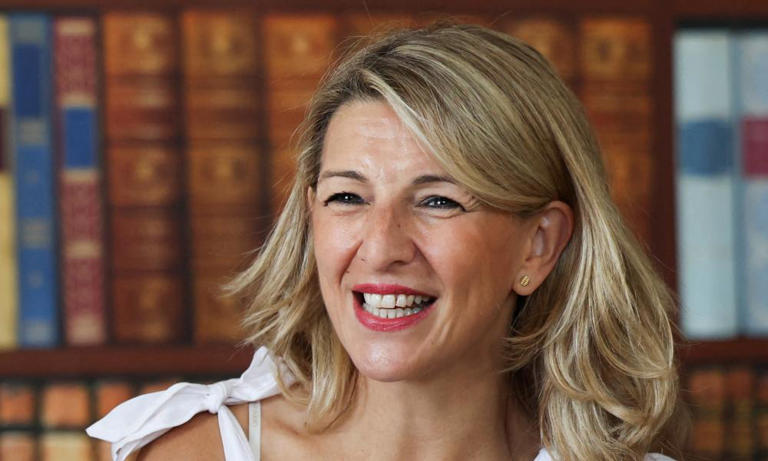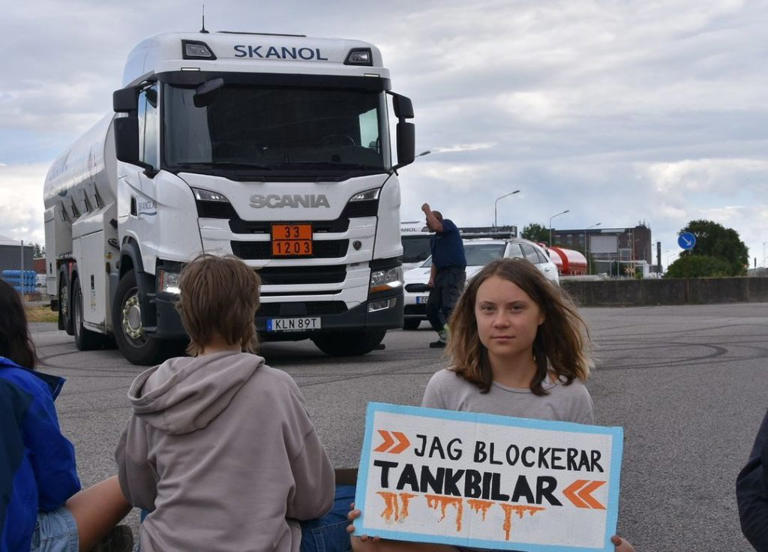New IIASA online tool to visualize global migration patterns
IIASA researchers have developed a new tool – the Global Migration Data Explorer – to help address the lack of data on global migration flows and provide a visual method for exploring migration patterns worldwide.
The Global Migration Data Explorer builds upon the success of its predecessor by incorporating estimates of more recent periods, based on advanced estimation methods, and expanding the scope to include different migration measures and breakdowns of migration patterns by sex.
Developed by Guy Abel, a researcher in the Migration and Sustainable Development Research Group of the IIASA Population and Just Societies Program and at Shanghai University, and Xavier Bolló, a data visualization specialist, the website offers users a unique opportunity to delve into the complex dynamics of global migration. It presents six different estimation methods that researchers can use to gain insights into migration flows. These estimation methods are essential due to the scarcity of reliable international migration flow data, hindering the measurement of patterns and trends in global migration flows.
"International migration is becoming an increasingly important component of population growth and a driver for socioeconomic change," explains Abel. "Good data on international migration are crucial for monitoring migration related components of international development agendas and agreements such as the Sustainable Development Goals and the Global Compact for Safe, Orderly, and Regular Migration. This website fills a critical gap by providing estimates of migration flows that are invaluable to researchers studying migration systems, demographics, climate change, and epidemiology."
The open-access website allows anyone to explore global migration patterns, providing an intuitive and interactive platform. The underlying code developed by Bolló for displaying the data is available on GitHub, further promoting transparency and further collaboration. Users can access the data behind the visualizations, which are openly available and accessible from the website.
The tool incorporates UN estimates of foreign-born populations, considered the most reliable source of data on global migration. While the UN data provides a snapshot of the migrant population at a specific point in time, the flow estimates offer a period measure of migration, making them more valuable for researchers investigating the causes and consequences of migration.
The team have tentative plans to expand the visualization tool to include internal migration in different countries, such as China. Furthermore, they aim to introduce additional visualizations, including a map-based method, to enhance the user experience and facilitate a deeper understanding of migration patterns.
"We hope that this visualization tool will be used by the public to gain a better understanding of migration patterns and the relative sizes of migration to and from any particular country," notes IIASA Population and Just Societies Program Director, Anne Goujon. "It is particularly rewarding to hear that schoolteachers have expressed their interest in using the website to educate their students, highlighting the need for up-to-date data and the applicability of the tool beyond academia."
Two prominent publications support the website's visualization and estimation methods. A 2019 paper published in Nature, compares the six main estimation methods proposed for estimating global migration. It also introduces a set of validation tests that assess the accuracy of these estimates by comparing them to reported migration flow data, predominantly from affluent Western countries. In addition, a more recent publication focused on generating global migration flow estimates by sex and extends the validation exercises to sex-specific data.
Further information
https://global-migration.iiasa.ac.at/
About IIASA:
The International Institute for Applied Systems Analysis (IIASA) is an international scientific institute that conducts research into the critical issues of global environmental, economic, technological, and social change that we face in the twenty-first century. Our findings provide valuable options to policymakers to shape the future of our changing world. IIASA is independent and funded by prestigious research funding agencies in Africa, the Americas, Asia, and Europe. www.iiasa.ac.at






